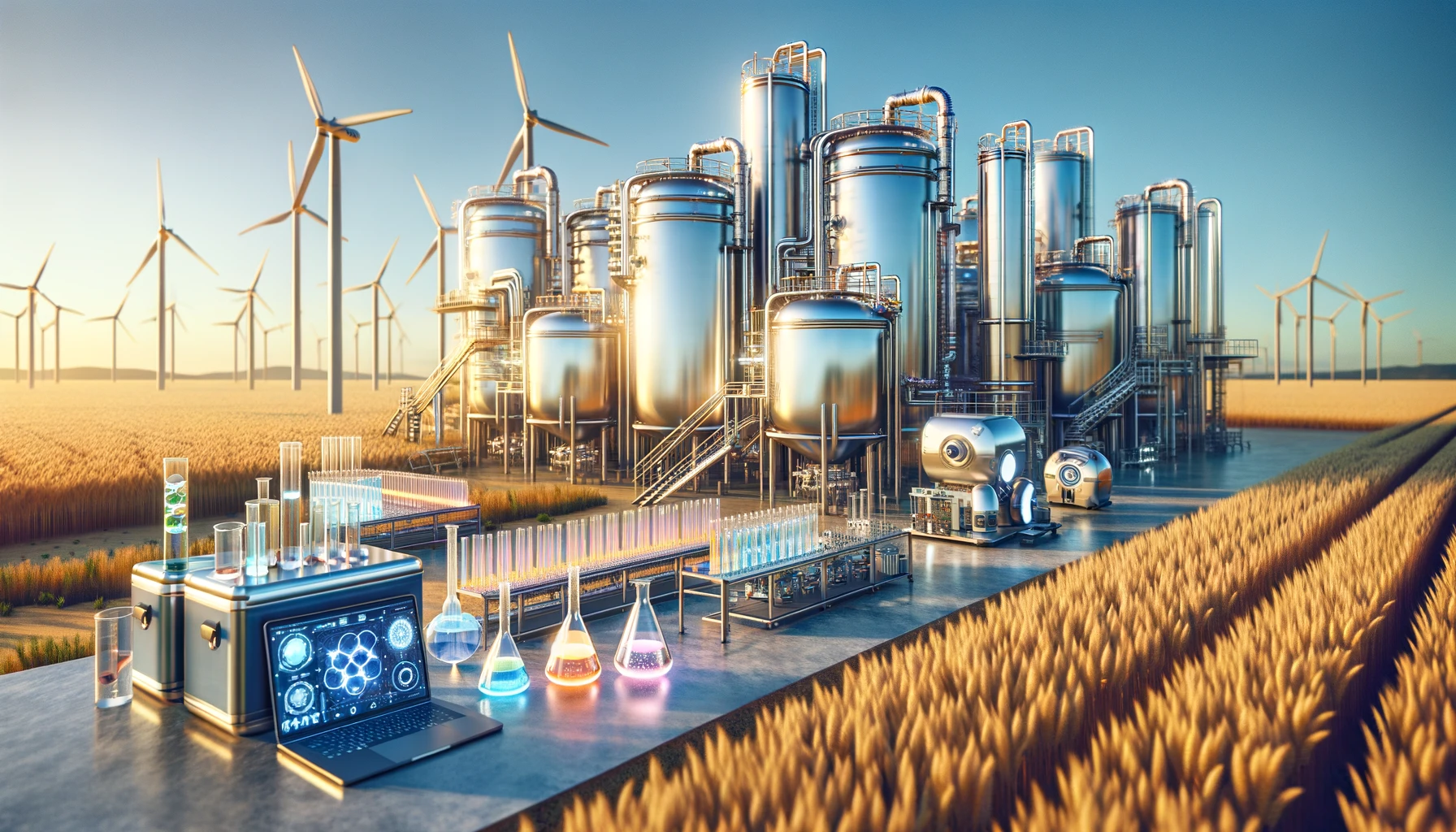
India started the Ethanol Blended Petrol Programme in 2001 on a pilot basis to curb the excessive use of fossil fuels that leads to higher carbon emissions and associated health concerns. India is the world’s 3rd largest energy-consuming nation, and a significant part of India’s energy requirement is met through oil which continues to rely largely on imports. Ethanol is a potential opportunity to reduce reliance on oil imports by blending it with conventional fossil fuels for consumption.
As a Management Consulting firm, we help businesses and entrepreneurs entering into this business by providing a Feasibility Study / Project Report for setting up an Ethanol Manufacturing Facility.
What is Ethanol Blended Petrol Programme?
India has a significant ethanol market. This is because coal and oil are now used to meet the country’s energy demands. Along with the advantages of employing ethanol as a cleaner alternative to these fossil fuels, there are numerous other advantages to establishing an ethanol manufacturing plant in India.
Ethanol is an agro-based product, mainly produced from a by-product of the sugar industry, namely molasses. In years of surplus production of sugarcane, when prices are depressed, the sugar industry is unable to make timely payments of cane prices to farmers. The Ethanol Blending Programme (EBP) seeks to achieve the blending of Ethanol with motor spirit with a view to reducing pollution, conserving foreign exchange, and increasing value addition in the sugar industry enabling them to clear cane price arrears of farmers.
Ethanol is a low-cost alternative fuel that emits less pollution and is more widely available than unblended gasoline. However, while there are numerous benefits to using ethanol as a fuel, there are some negatives as well. Overall, ethanol is thought to be better for the environment than regular gasoline.
EBP was launched in January 2003. In 2006, the Ministry of Petroleum and Natural Gas directed the Public Sector Oil Marketing Companies (OMCs) to sell 5% EBP in 20 states and 4 UTs. Even though the programme started early it faced multiple inherent challenges leading to slow adoption and growth. India started its target of blending 1.5% of Ethanol in Petrol in 2005 – 2014 to 10% blending in 2014 – 2022. India has now increased its target to 20% blending for 2022 – 2023.
By 2025, at 20% blending, ethanol demand will increase to 1016 crore litres. Therefore, the worth of the ethanol industry size will jump by over 500% from around Rs. 9,000 crores to over Rs. 50,000 crores.
What is the Government’s Plan to achieve the Target?
Indian Government has set out a roadmap “The Roadmap for Ethanol Blending in India 2020 – 2025” which lays an outline of an annual plan to increase domestic ethanol production in line with the target of the amended National Policy on Biofuels (2018) as well as with its Ethanol Blended Petrol (EBP) Programme to reach a blending of 20% of ethanol in petrol (E20) by 2025 – 26.
The roadmap proposes the following milestones:
- Raise pan-India ethanol production capacity from the current 700 to 1500 crore litres.
- Phased rollout of E10 fuel by April 2022.
- Phased rollout of E20 from April 2023, its availability by April 2025.
- Rollout of E20 material-compliant and E10 engine-tuned vehicles from April 2023.
- Production of E20-tuned engine vehicles from April 2025.
- Encourage the use of water-sparing crops, such as maize, to produce ethanol.
- Promote technology for the production of ethanol from non-food feedstock.
In June 2022, India achieved an average blending rate of 10% ethanol in petrol.
What are the benefits of entering into this business?
There are few benefits on producing Ethanol manufacturing provided by the Government of India. They are listed below:
- The government of India has a fixed minimum rate of producing ethanol from different raw materials.
- The GST Rate has been reduced from 18% to 5%.
- According to the Industries Act 1951, in the Ethanol Blended Program, the Government has allowed free movement of Ethanol.
- Government provides a moratorium on bank loans for the Ethanol Production Plant
- Interest Subvention Scheme on Loan
- PM JI-VAN Yojana Scheme to promote this business.
How can we help in this journey?
We, as a management consultancy firm, help businesses and entrepreneurs in preparing Project Report which provides a blueprint for the Manufacturing Plant to be set up.
The report includes a Market Assessment providing detailed information on the demand for the product, and an assessment of suppliers for the product in the Market. It also covers licenses and permissions required to be obtained to operate the Plant. A section is dedicated to the Business model which includes the manufacturing process, manpower required, Plant & machinery, raw materials, utilities, the installed capacity of the Plant, Plant Layout, etc. Our Report includes a section on Risk Assessment and Mitigation.
Finally, the financial feasibility of the Project is assessed, and the viability of the Project is concluded. Our Project Reports are bankable and can be used for submissions to financial institutions for raising funds and also for internal consumption of the Client to understand the intricacies of the business.
Please feel free to reach us on contactus@hmsaconsultancy.com to prepare a Project Report for your upcoming Ethanol Manufacturing Plant.
